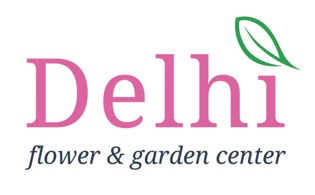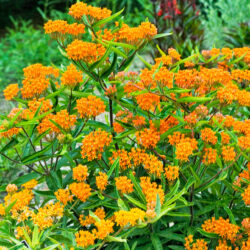Planning & Planting Container Gardens
With so many choices, deciding on the right plants for your containers can be intimidating. It’s easy to find advice at your local garden center as they’ve probably been designing container gardens for years. Once you’ve settled on your plants, creating your container garden and enjoying the final product can be exhilarating!
Let your plants be an expression of your taste. Walk around the garden center, see which plants speak to you based on bloom color, foliage, size, and growth habit. Here are a few tips:
Gather Your Plants
Make sure they’re sun/shade compatible. Add a few accent plants such as vinca vine, sweet potato vine, or creeping jenny to add contrast and pop!
Experiment
Try the Thriller, Spiller, and Filler method. Steal ideas from other arrangements. Find some PIN-spiration from our Pinterest page.
What’s Your Drainage Situation?
Plants don’t preform their best without good drainage. If possible find a container with built in drainage holes. If there aren’t drainage holes already, you can often drill a few fairly easily, especially if the container is made of a lightweight material. If it’s just not possible to create holes yourself, you might consider planting in a removable pot with drainage holes and dropping it into your decorative container. You can remove the drop in pot to water it, let the water run through, and then set it back in the decorative pot. Hanging baskets work well. Just snap off the hanger and plop the basket in the container. Easy peasy.
Mix It Up
Don’t go looking for the least expensive potting soil. An economic, lightweight potting soil or soiless mix will work fine. Then add some beneficial ingredients. Starter fertilizers, slow release fertilizer, peat moss, and even a dash of nutrient rich compost are good additives to ensure your plants thrive.
Be Gentle
Carefully remove plants from their pots and give the roots a little rub. They like that, and they’ll root into their new home faster.
Fill In
Fill your container with soil to the root line, arrange the plants how you want them, then fill in between with the remaining soil. Be sure not to bury the crown, or the area where the plant meets the soil line. Slightly elevate the crown so the stem does not stay wet, and ultimately rot.
Looking Good
Enjoy your work. Brag to your friends. With our without our help, you take all the credit!




